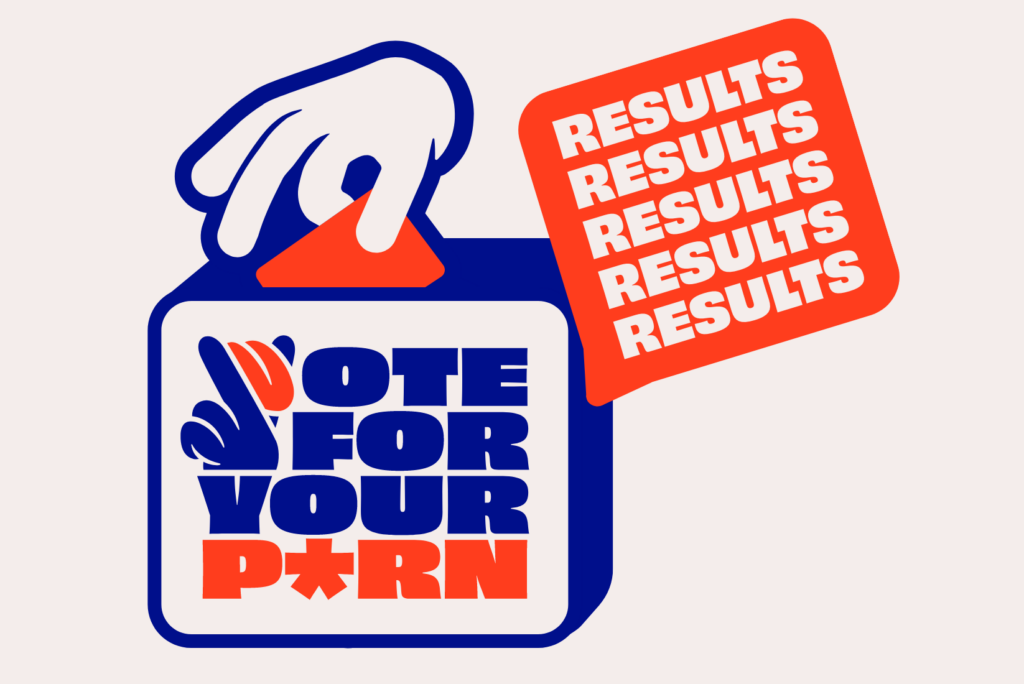What is BDSM?
BDSM is an acronym that stands for:
Bondage
- Physical restraints like handcuffs and rope.
Discipline/Dominance
- Discipline focuses on behaviour or etiquette training, punishments and rewards.
- Dominance is a part of erotic power exchange where specific kinds of physical or emotional power is consensually granted to the Dominant person, usually with themes of authority, leadership, nurturance and control.
Submission/Sadism
- Submission is part of erotic power exchange where specific kinds of physical or emotional power is consensually surrendered, usually with themes of helplessness, feeling small, fear, caretaking and obedience.
- Sadism is part of sado-masochism. Sadists enjoy giving emotional (e.g. humiliation) or physical pain (e.g. spanking).
Masochism
- Masochists enjoy receiving physical or emotional pain. Masochists and sadists play with pain and pleasure.
- Fetishes - strong arousal from traditionally non-sexual things like feet or latex
- Roleplay - using costumes, dirty talk and erotic imagery to embody characteristics of characters or archetypes
- Non-sexual kinky activities - domestic service, non-erotic massages, non-nudity
How can I get started with BDSM?
- A BDSM menu - what activities are you open to, which ones are you not. Pick only a couple to start with and ensure that you have the techniques you need for safety (e.g. first aid, rope bondage safety skills). If you’re not sure what’s out there, search online for a Yes/No/Maybe BDSM quiz. Get inspired by reading or listening to erotica instead of watching BDSM porn. Get specific about your desires so you can be clear what you and your partner are consenting to.
- Communicate your BDSM fantasy - find a private (can be non-sexual time) to communicate with your partner about your desires. Share your fantasy from a no-obligation perspective and get curious about your partner’s desires. Be open to the possibility of your partner not being into your fantasy or needing time to think about it and do some research on their own. You can suggest taking a BDSM class together to explore as a couple.
- A safety system - how will you quickly and clearly communicate things like ‘stop’, ‘more’, ‘slow down’? BDSM’s intensity can create altered states of mind where it might be harder to communicate clearly. You can use tools like a traffic light system, a numbered intensity system, safe words and non-verbal signals/sounds.
- A BDSM scene plan - think about how you want to clearly communicate the beginning and the end of a BDSM scene. This makes it clear where the consent to BDSM activities starts and finishes. A scene plan also includes a clear description of what activities and kinky equipment both people are consenting to.
- An Aftercare plan - Aftercare is what each person needs to come out of the BDSM scene and back to themselves; ideas include cuddles, massage and de-briefing the experience.
BDSM Tools and Equipment.
Blindfolds
Spanking Paddles
Spanking encourages the release of our feel good chemicals in the body like endorphins and dopamine. Start with vinyl paddles if you’re new to spanking – they make a great sound but don’t hurt that much. Not everywhere on the body is safe for spanking, start with a fleshy part like bum cheeks.
Erotic Wax Candles
You can use wax play as an activity to create sensations and erotic art on your partner. For safety, use candles designed for erotic wax play (usually made of soy wax) – they burn at a lower heat than household candles. Wax play can be messy, so be sure to put down a towel!
Ball Gags
Bondage & Restraints
Taking fantasies into reality can be intimidating, so remember there’s no pressure to be the perfect kinky partner – building trust in yourself and with your partner is a great foundation to start from. Go slow, embrace playfulness and communicate throughout – with practice, your erotic creativity and confidence will follow!








